by Nicole Petrino-Salter
Literary novels differ from
thrillers. Mysteries differ from cozy mysteries. Fantasies can differ from
supernatural stories. Romances actually differ from love stories, although the
distinction is rarely made. Two things they all have in common are protagonists
and antagonists.
The diversity of protagonists can be from golden child to one who is close to villainous. Their range is unlimited. Nearly perfect to deeply flawed. A misfit, a perfect fit, a no-fit because of their peculiarities which place them in the protagonist’s role.
The antagonist, now here’s a
dilemma. Keeping him or her out of the stereotypical evil role is one of the
most difficult of challenges. After all, the purpose of this antagonist is to
defeat the protagonist, the villain v. the hero. And few readers actually
desire the villain to win, unless of course the author has written such a
despicable and intolerable hero we could care less how he meets his demise
which would be an epic failure by the author of both hero and villain.
But here’s what prompted my weird
title of this post. Recently I read a novel where the antagonist was not human.
It was emotional. Grown from deep pain, it produced actions generated and
conflicted by this silent, invisible, but carefully constructed antagonist.
Without fully realizing this factor while reading the well-written and
interesting story, it didn’t surface until discussion opened it up to me. Now
here’s the kicker: this is, generally speaking, the kind of antagonists I use in
my stories. Up to this point I hadn’t converted that realization to conscious
thought.
 Most of you probably don’t
consider this any kind of “deep” realization in which case you can view me as a
total flake or your description of choice, but it was a revelation to this
writer. When you write contemporary love stories like I do that are primarily
character studies, the great villain usually isn’t a factor. The circumstances,
temptations, and perhaps misunderstandings, etc., are the antagonists usually
represented by peripheral characters creating trouble or demands on the
protagonist’s life. But the truth is the internal struggle can work to defeat
the hero as well as any external force. Simple, right?
Most of you probably don’t
consider this any kind of “deep” realization in which case you can view me as a
total flake or your description of choice, but it was a revelation to this
writer. When you write contemporary love stories like I do that are primarily
character studies, the great villain usually isn’t a factor. The circumstances,
temptations, and perhaps misunderstandings, etc., are the antagonists usually
represented by peripheral characters creating trouble or demands on the
protagonist’s life. But the truth is the internal struggle can work to defeat
the hero as well as any external force. Simple, right?Nicole Petrino-Salter writes love stories with a passion. She lives south of Seattle with her family, horse, and dog. Devoted to Jesus, family, friends, and pets, you can find her here most days or off in la la land. Raw Romantic Redemptive




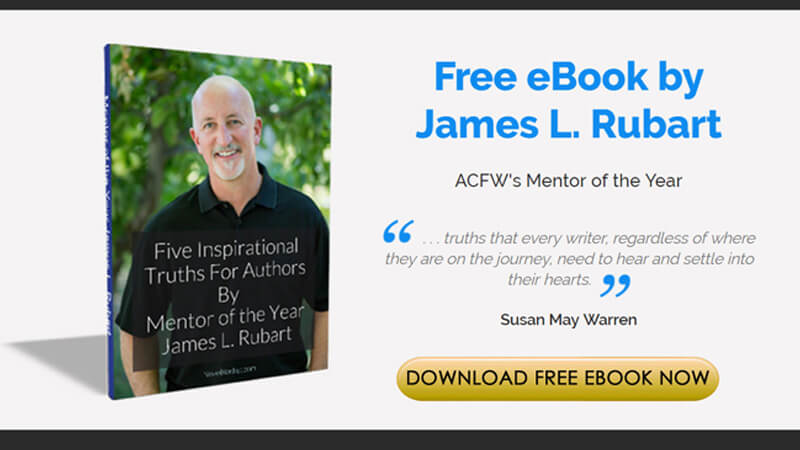
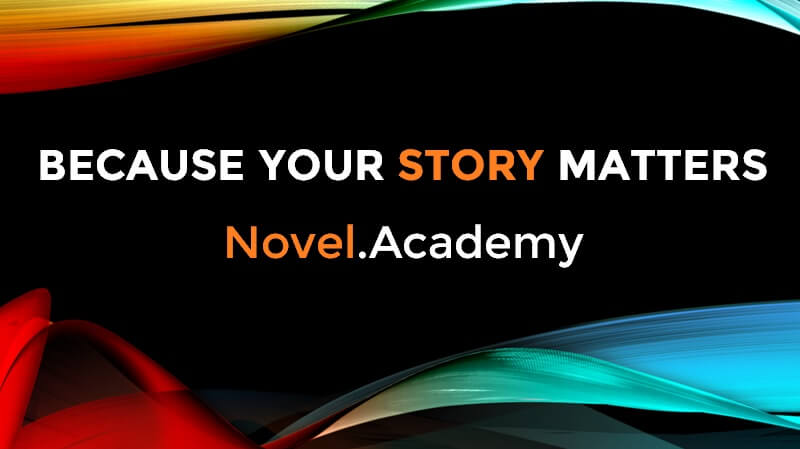
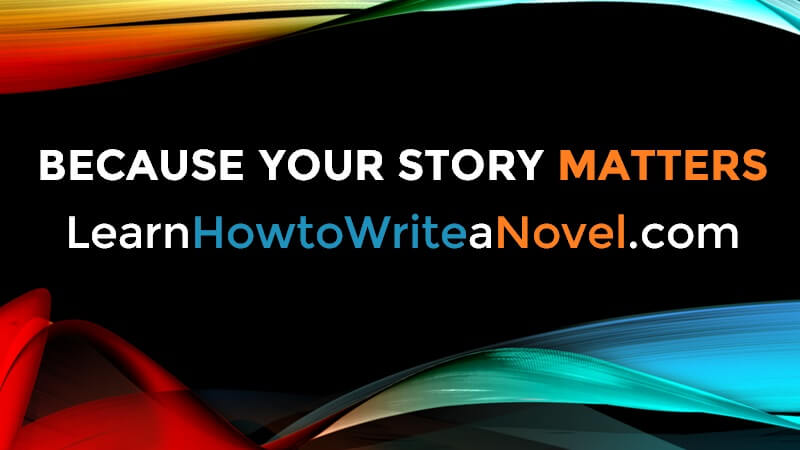

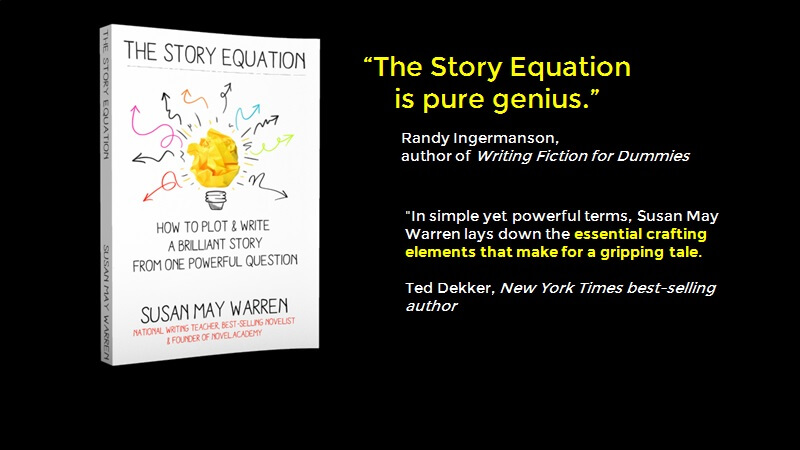


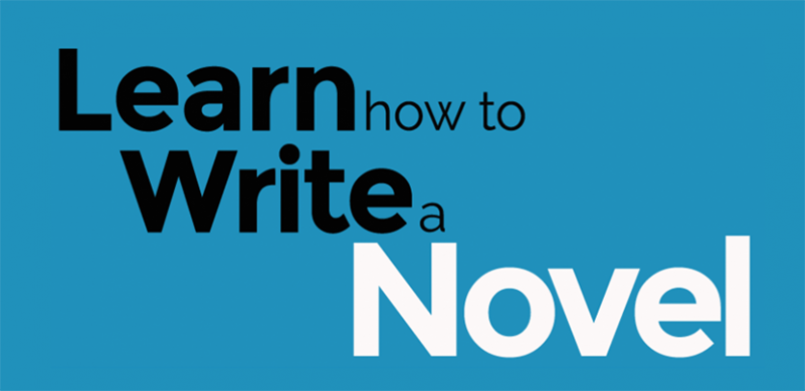


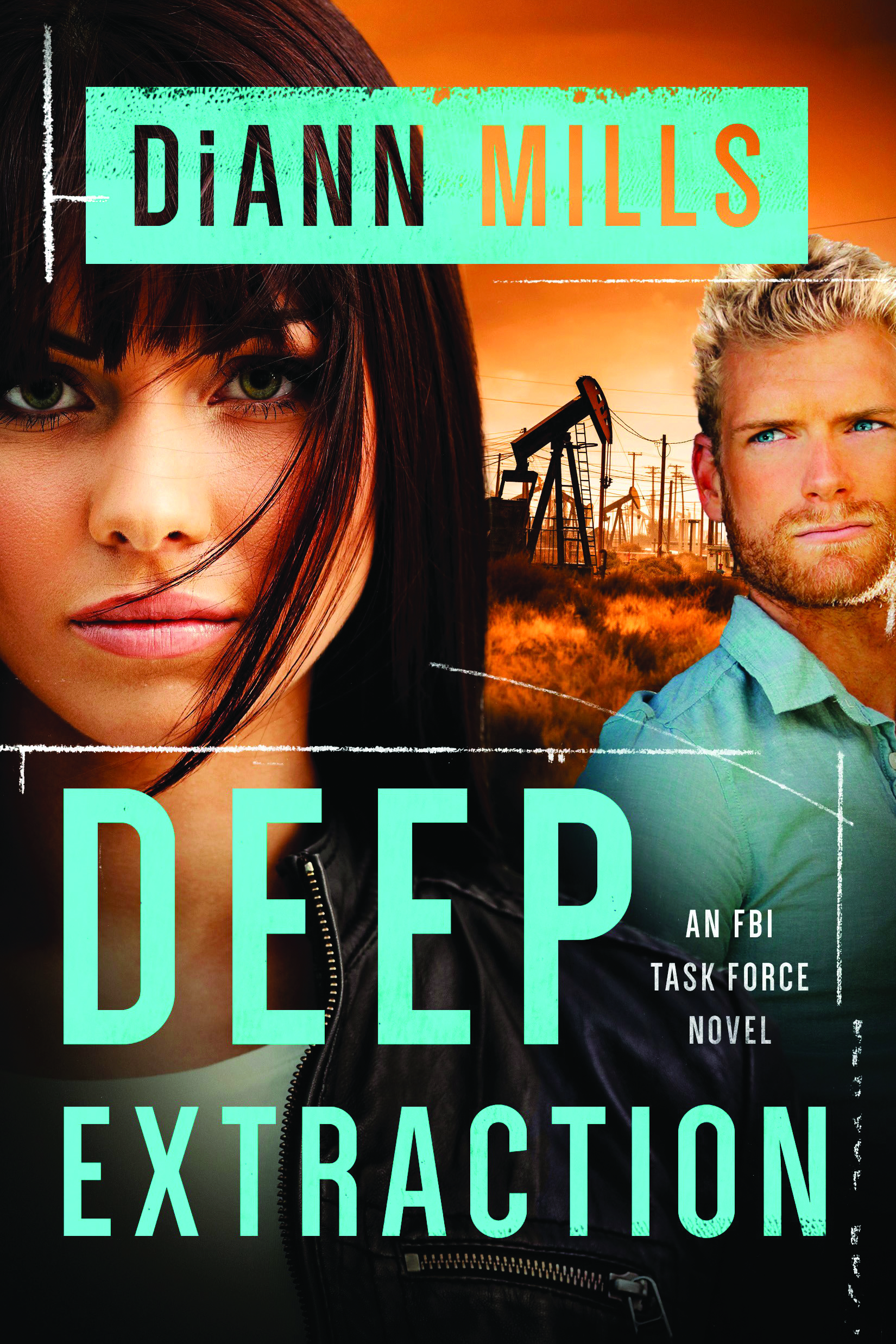










0 comments:
Post a Comment
Don't be shy. Share what's on your mind.